
It is with heavy hearts that we share the passing of Pip, our Northern Hawk Owl chick, who joined Shaver’s Creek Environmental Center just weeks ago.
Welcome to the Shaver’s Creek blog! The entries here are posted by staff, interns, and volunteers, and aim to keep you informed about the programs, updates, and natural history happenings here at the Creek. Enjoy!

It is with heavy hearts that we share the passing of Pip, our Northern Hawk Owl chick, who joined Shaver’s Creek Environmental Center just weeks ago.
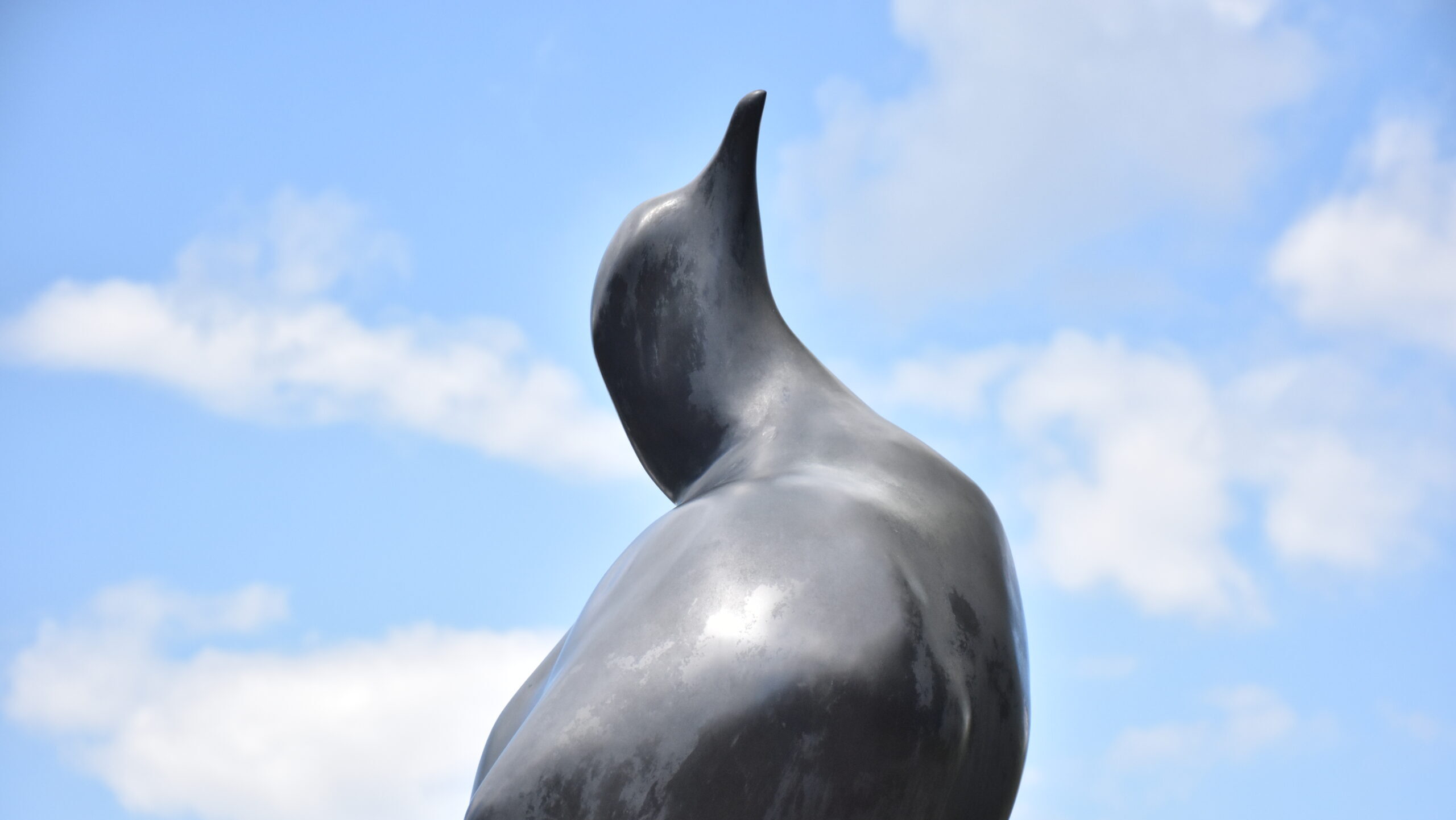
The Klingsberg Aviary at Shaver’s Creek will be operating under reduced hours beginning August 18 until otherwise noted.
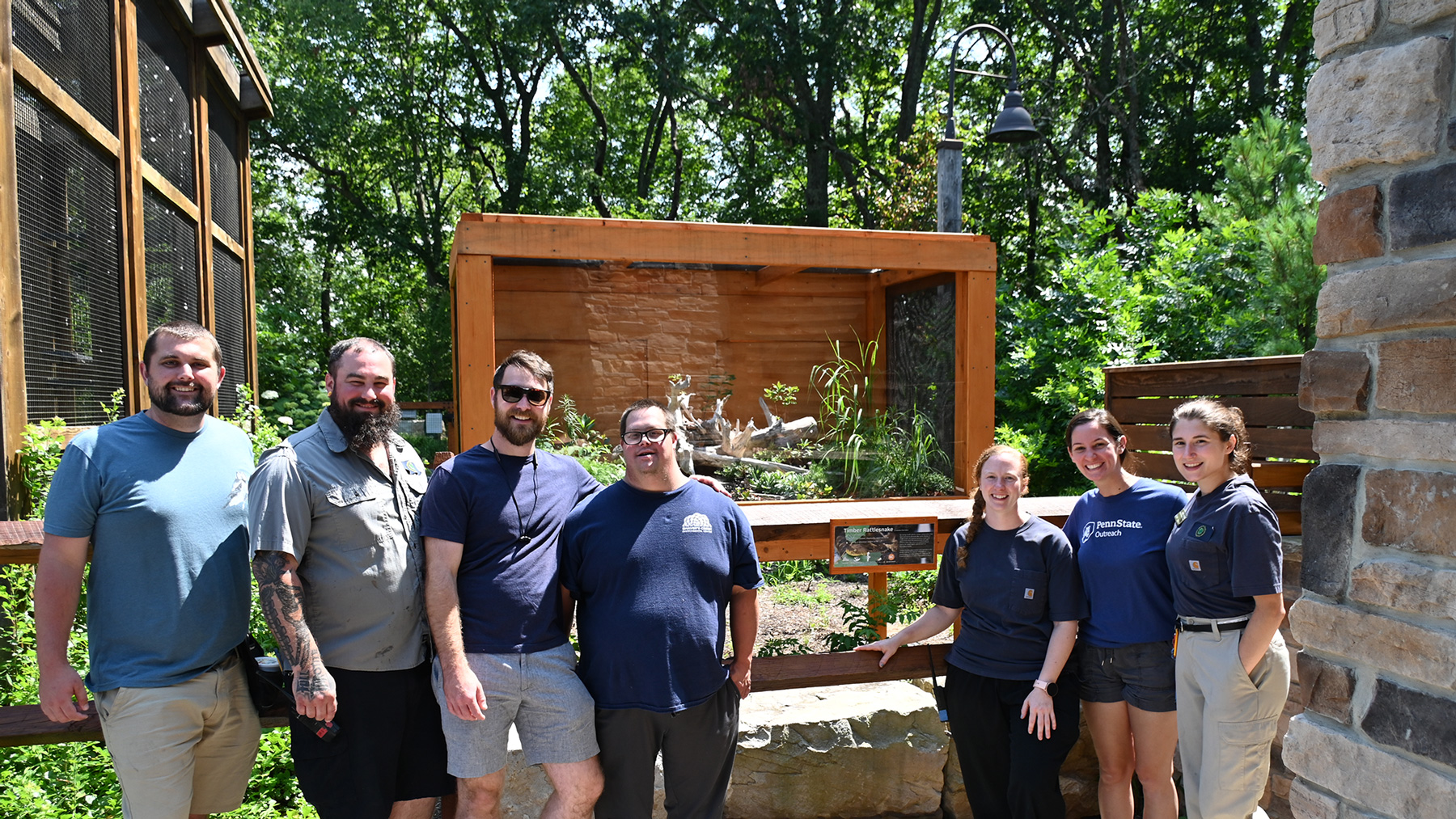
We’ve introduced a new exhibit in our Klingsberg Aviary! With this project, we hope to shed light on the interconnectedness of the animals in our ecosystems.
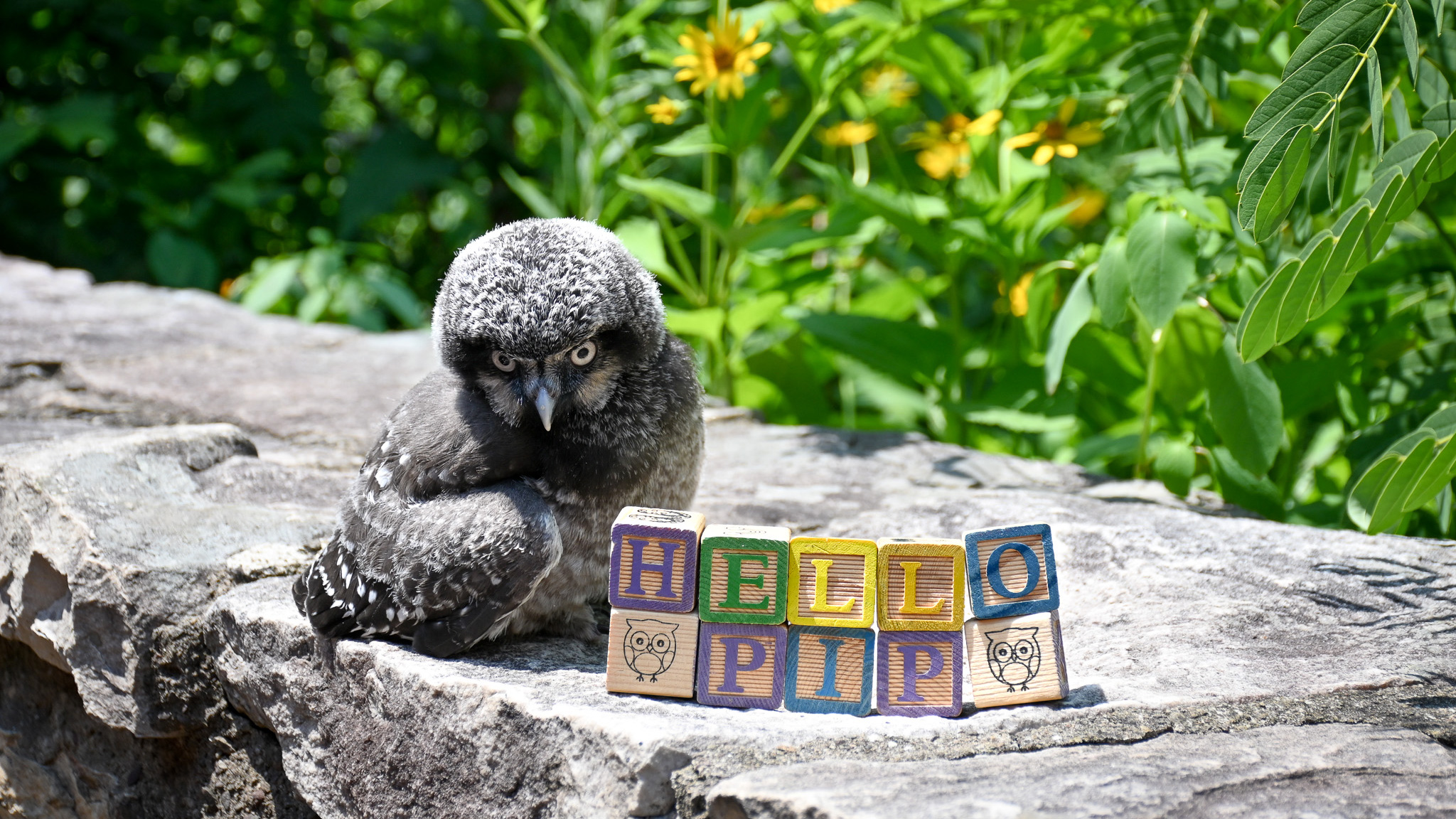
This summer, Shaver’s Creek has been honored with the unprecedented opportunity to add a Northern Hawk Owl to our Klingsberg Aviary! This is an incredible species of owl, and one that we are so excited to share with our community.
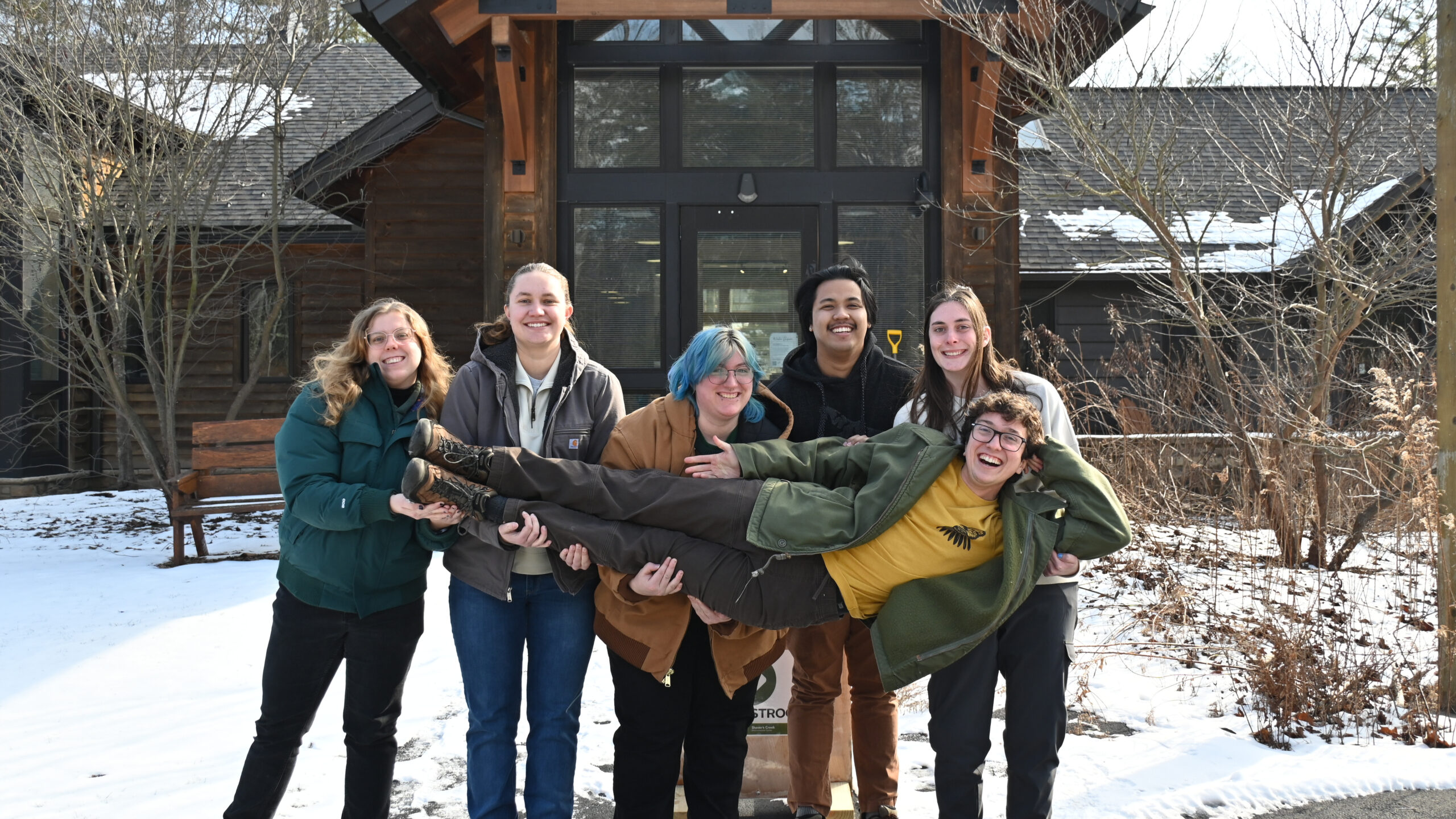
Shaver’s Creek Environmental Center has meant so much to me throughout my college career and the year coming out of it. Here is a very short list of what I’ve learned over the last 10 months.
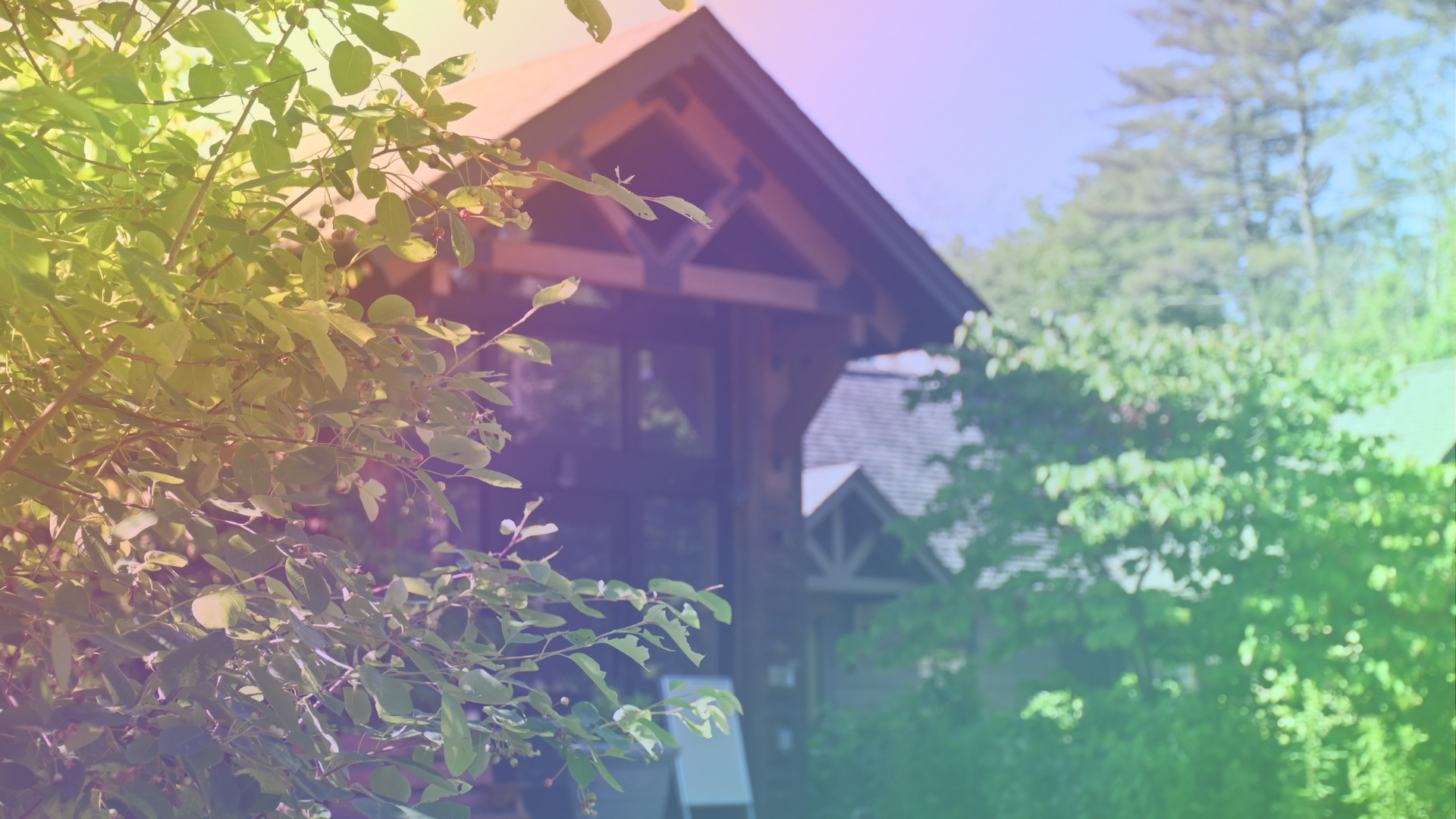
For Pride Month, we’ve partnered with Penn State’s Center for Sexual and Gender Diversity (CSGD) to take a look at how a nature center can support our LGBTQ+ community.
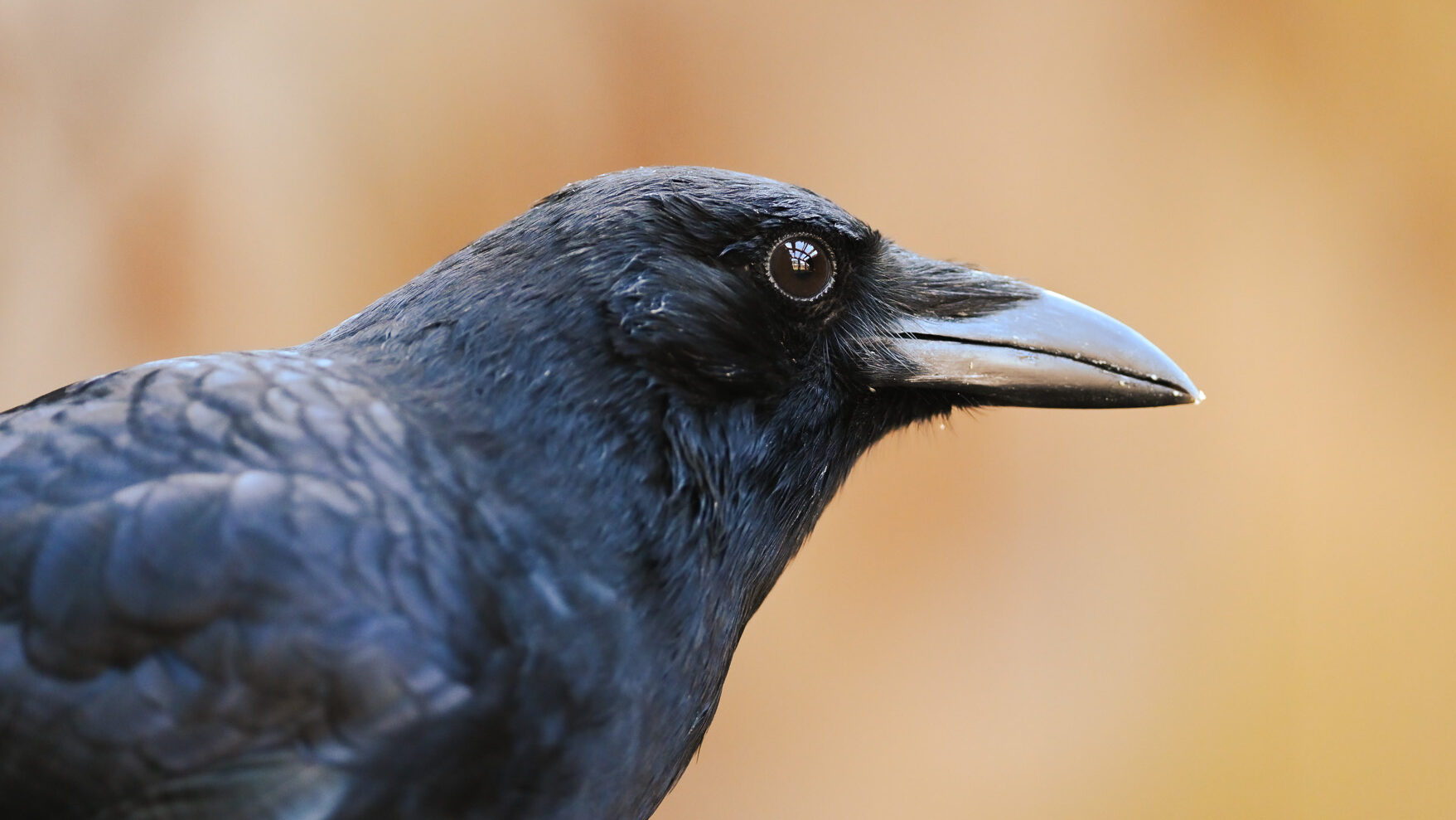
Learn how you can contribute handwritten letters and artwork to Lenny’s memorial and help continue the important work that he began.
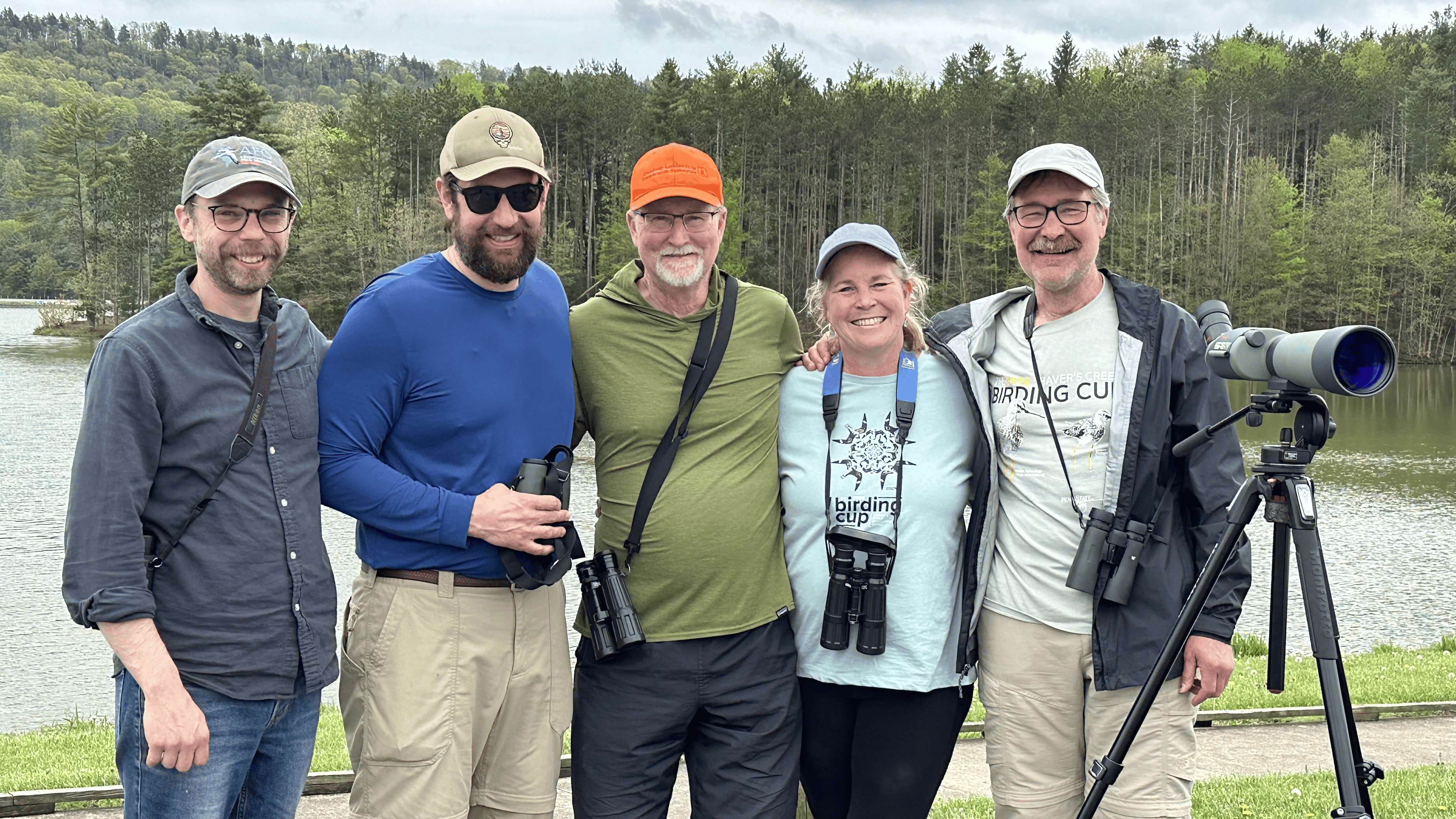
This year’s fundraising efforts will play a critical role in enhancing grassland habitat at the Musser Gap Greenway.

Join us in recognizing the retirement of Mark McLaughlin, Director of Shaver’s Creek Environmental Center.

Community nature journaling has become a well-known and consistent staple of our offerings at Shaver’s Creek. It is the perfect embodiment of both halves of the nature center’s longstanding mission: connecting people to nature and people to people.
